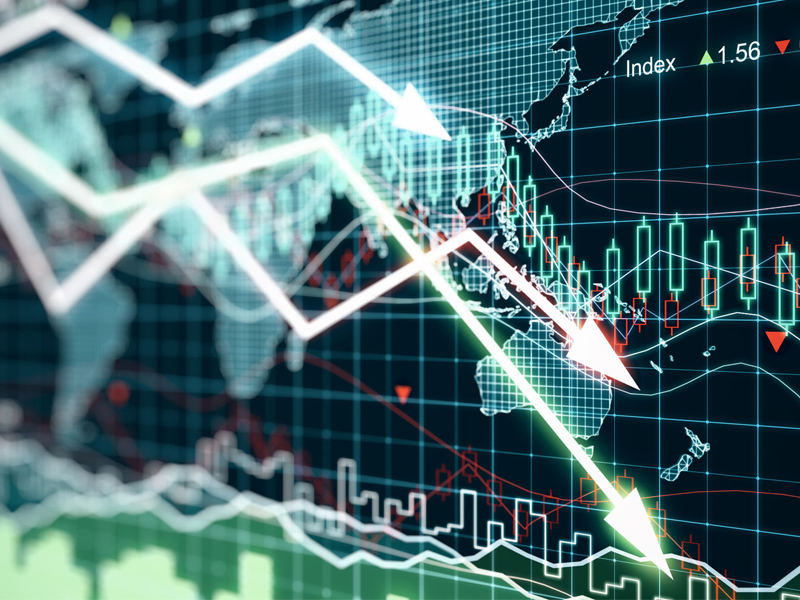
Once upon a time, bonds were a way to invest, get decent returns and get your money back. Then came junk bonds, then negative-pay government bonds and now negative-pay junk.
The recent innovation was perhaps inevitable in the quest for enhanced yield. Wags are calling negative-pay junk “peak greed” — a sign of the desperation to get some yield even if it’s not much and there’s a good chance of default.
More than one-third of European investment-grade debt is negative-pay, according to New York-based Tradeweb Markets Inc., and that is driving the fixed-income market toward higher-yielding junk bonds.
Switzerland, Germany, the Netherlands, Denmark, Sweden, France, Ireland, Spain, Portugal and Italy have issued negative-pay bonds. (The list excludes Greece, which the fixed-income market believes is unable to raise enough money through taxes to repay its national debt.) As of Dec. 31, 2019, Switzerland gets the lowest rates: from -0.84 % for three months to — 0.34 % for 20 years. Italy, meanwhile, offers -0.27 % for three months and -0.01 % for two years.
Scrimmaging to tempt investors with return of some kind, junk issuers have sold debt that doesn’t pay money; rather, it pays more junk. This pay-in-kind debt — the lowest level of “eurodebt” — gives the issuer the option to pay interest due with even more debt. That option, called a “toggle,” is not new, but it’s back in fashion after tryouts leading up to the 2008-09 global financial crisis.
Bonds that pay little interest, negative interest or no money at all are symptomatic of the historically low interest rates prevailing in major markets. In this climate, a small number of non-investment-grade companies have issued negative-pay, euro-denominated bonds. One such company is Ireland-based packaging company Smurfit Kappa Acquisitions ULC. Smurfit Kappa, with a speculative BB+ rating from Standard & Poor’s Financial Services LLC, saw its 2021 euro bond drop in 2019 to yield about zero — negative after trade cost.
These unfamiliar names have added to the estimated US$15 trillion of euro-denominated bonds with negative yields. None of these bonds were issued with negative yields, but investor demand for anything that pays more than negative-pay sovereign bonds raised corporate bonds’ prices, resulting in effectively negative yields.
As of July 2019, 14 companies were trading with negative yields, with those bonds worth more than €3 billion ($4.3 billion). In all, about 2 % of European high-yield bonds carried negative yields.
In some cases, a respectable bond with a good yield is priced so high that its coupon generates a negative return. For example, Colorado-based packaging company Ball Corp. has a eurodenominated issue maturing in Dec. 2020 that traded at -0.2 % in July 2019. That yield beats the euro deposit rate of 0.7 % on a German government bond with the same maturity at the same time.
Buying a negative-pay bond that will leave the holder with less than the issue price and then expose the holder to sizable default risk seems irrational. But there is a rationale. First, negative yields can be seen as storage costs. You buy a freezer and pay the power bill to store ice cream, so why not pay to store cash?
However, the freezer will not eat your ice cream, so this theory is not the whole story.
The more technical explanation is that duration — the weighted value of a bond’s cash return plus the return of the issue price, divided by the present interest rate — has been increasing for investment-grade bonds. The higher the duration, the higher the bond’s responsiveness to interest rate changes.
Since the end of 2018, the average investment-grade bond duration has climbed by 13 % to 8.02 years, thus increasing the risk of holding what may be regarded as bonds with a good pedigree, as noted in the Wall Street Journal on Jan 27.
For junk bonds, durations as well as terms have been dropping. That is compensation for the presumptive idiocy of buying negative-pay junk that can top a money-losing return with a potential collapse of capital value. The average speculative-grade bond duration has dropped by 24 % to three years over the past six months.
Moreover, a recent report from North Carolina-based Bank of America Corp. noted that the gap in yields between the bottom level of investment-grade and the top level of investment-grade is narrow by historical standards and even less when adjusted for changes in duration.
In spite of what may appear to be a freak show of bonds that pay little and carry hefty default risk, junk has been profitable.
To illustrate: BlackRock European High Yield Bond Fund generated a 9.72 % total return for the 12 months ended Jan. 31, 2020 — 44 basis points ahead of its benchmark.